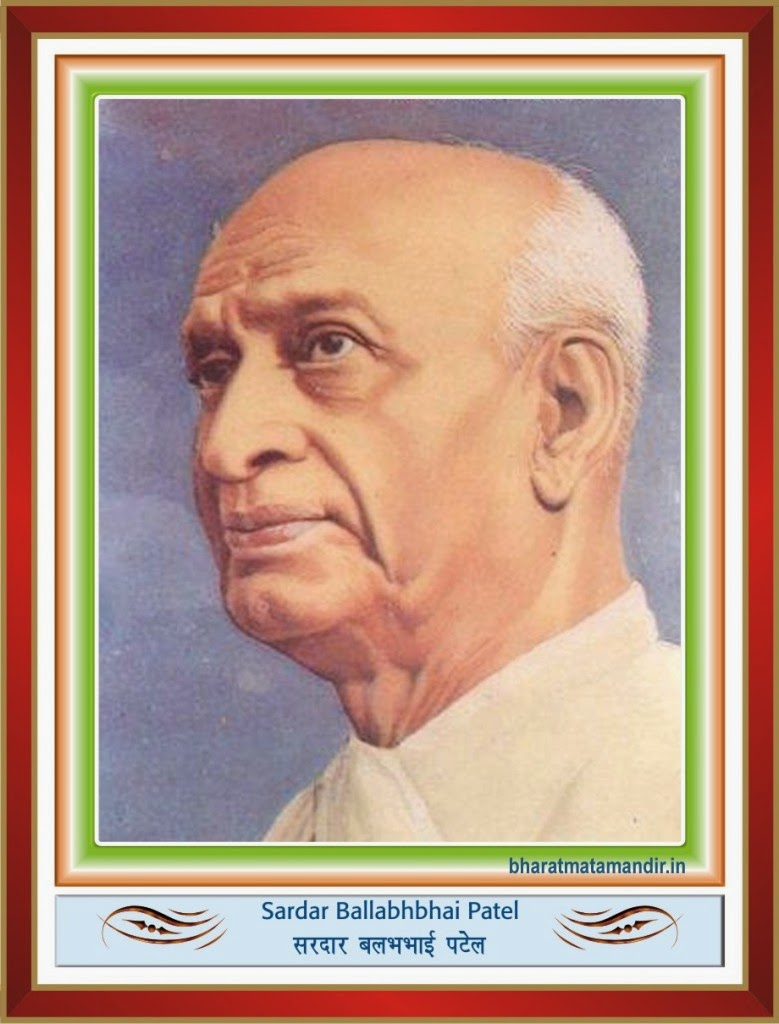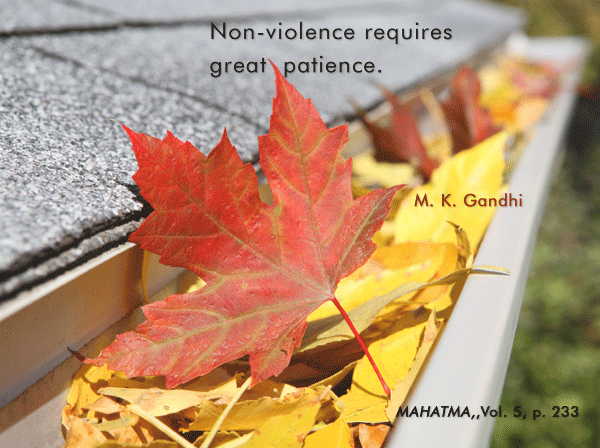107. LAKSHMAN JHULA :
It was a positive relief to reach the Gurukul and meet Mahatma Munshiramji with his giant frame. I at once felt the wonderful contrast between the peace of the Gurukul and the din and noise of Hardvar.
The Mahatma overwhelmed me with affection. The Brahmacharis were all attention. It was here that I was first introduced to
Acharya Ramadevji, and I could immediately see what a force and a power he must be. We had different viewpoints in several matters, nevertheless our acquaintance soon ripened into friendship.
I had long discussions with Acharya Ramadevji and other professors about the necessity of introducing industrial training into the Gurukul. When the time came for going away it was a wrench to leave the place.
I had heard much in praise of the Lakshman Jhula (a hanging bridge over the Ganges) some distance from Hrishikesh, and many friends pressed me not to leave Hardvar without having gone as far as the bridge. I wanted to do this pilgrimage on foot and so I did it in two stages.
Many #sannyasis# called on me at Hrishikesh. One of them was particularly attracted towards me. The Phoenix party was there and their presence drew from the Swami many questions.
We had discussions about religion and he realized that I felt deeply about matters of religion. He saw me bareheaded and shirtless as I had returned from my bath in the Ganges. He was pained to miss the shikha (tuft of hair) on my head and the sacred thread about my neck and said:
'It pains me to see you, a believing Hindu, going without a sacred thread and the shikha. These are the two external symbols of Hinduism and every Hindu ought to wear them.'
Now there is a history as to how I came to dispense with both. When I was an urchin of ten, I envied the Brahman lads sporting bunches of keys tied to their sacred threads, and I wished I could do likewise. The practice of wearing the sacred thread was not then common among the vaishya families in Kathiawad. But a movement had just been started for making it obilgatory for the first three varnas. As a result several members of the Gandhi clan adopted the sacred thread. The Brahman who was teaching two or three of us boys Ram Raksha invested us with the thread, and although I had no occasion to possess a bunch of keys, I got one and began to sport it. Later, when the thread gave way, I do not remember whether I missed it very much. But I know that I did not go in for a fresh one.
As I grew up several well-meaning attempts were made both in India and South Africa to re-invest me with the sacred thread, but with little success. If the shudras may not wear it, I argued, what right have the other varnas to do so? And I saw no adequate reason for adopting what was to me an unnecessary custom. I had no objection to the thread as such, but the reasons for wearing it were lacking.
As a vaishnava I had naturally worn round my neck the kanthi, and the shikha was considered obligatory by leaders. On the eve of my going to England, however, I got rid of the shikha, lest when I was bareheaded it should expose me to ridicule and make me look, as I then thought, a barbarian in the eyes of the Englishmen. In fact this cowardly feeling carried me so far that in South Africa I got my cousin Chhaganlal Gandhi, who was religiously wearing the shikha, to do away with it. I feared that it might come in the way of his public work and so, even at the risk of paining him, I made him get rid of it.
I therefore made a clean breast of the whole matter to the Swami and said:
'I will not wear the sacred thread, for I see no necessity for it, when countless Hindus can go without it and yet remain Hindus,
Moreover, the sacred thread should be a symbol of spiritual regeneration, presupposing a deliberate attempt on the part of the wearer at a higher and purer life. I doubt whether in the present state of Hinduism and of India, Hindus can vindicate the right can come only after Hinduism has purged itself of untouchability, has removed all distinctions of superiority and inferiority, and shed a host of other evils and shams that have become rampant in it. My mind therefore rebels against the idea of wearing the sacred thread. But I am sure your suggestion about the #shikha# is worth considering. I once used to have it, and I discarded it from a false sense of shame. And so I feel that I should start growing it again. I shall discuss the matter with my comrades.'
The Swami did not appreciate my position with regard to the sacred thread. The very reasons that seemed to me to point to not wearing it appeared to him to favour its wearing. Even today my position remains about the same as it was Hrishikesh. So long as there are different religions, every one of them may need some outward distinctive symbol. But when the symbol is made into a fetish and an instrument of proving the superiority of one's religion over others', it is fit only to be discarded. The sacred thread does not appear to me today to be a means of uplifting Hinduism. I am therefore indifferent to it.
As for the shikha, cowardice having been the reason for discarding it, after consultation with friends I decided to re-grow it.
But to return to Lakshman Jhula. I was charmed with the natural scenery about Hrishikesh and the Lakshman Jhula, and bowed my head in reverence to our ancestors for their sense of the beautiful in Nature, and for their forsight in investing beautiful manifestations of Nature with a religious significance.
But the way in which men were using these beauty spots was far from giving me peace. As at Hardvar, so at Hrishikesh, people dirtied the roads and the fair banks of the Ganges. They did not even hesitate to desecrate the sacred water of the Ganges. It filled me with agony to see people performing natural functions on the thoroughfares and river banks, when they could easily have gone a little farther away from public haunts.
Lakshman Jhula was, I saw, nothing but an iron suspension bridge over the Ganges. I was told that originally there had been a fine rope- bridge. But a philanthropic Marwadi got it into his head to destroy the rope-bridge and erect an iron one at a heavy cost and then entrusted the keys to the Government!
I am at a loss to say anything about the rope-bridge as I have never seen it, but the
iron bridge is entirely out of place in such surroundings and mars their beauty. the making over of the keys of this pilgrims' bridge to Government was too much even for my loyalty of those days.
The Svargashram which one reaches after crossing the bridge was a wretched place, being nothing but a number of shabby-looking sheds of galvanized iron sheets. These, I was told, were made for sadhakas (aspirants). There were hardly any living there at the moment. Those who were in the main building gave one an unfavourable impression.
But the Hardvar experiences proved for me to be of inestimable value. They helped me in no small way to decide where I was to live and what I was to do.
Next : 108.( 133-210) FOUNDING OF THE ASHRAM
To be continued ...





Comments